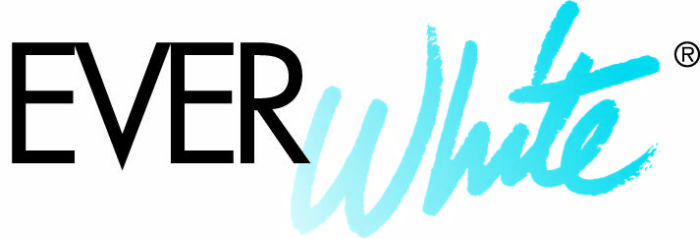Customer Service 1-800-335-7319
Customer Service 1-800-335-7319
The standard size of a classroom whiteboard is 4×6 – that’s four feet high by six feet wide. However, in some schools, a 4×8-foot whiteboard is preferred. These are wall-mounted whiteboards.
A 4×6 or 4×8 board will have a dry erase surface area that is big enough for students in a regular classroom to easily see what is written or drawn on the board. Read how high to position the board on a classroom wall.
In bigger rooms, such as lecture halls where there could be more than 100 people, a larger whiteboard could be used to allow for larger drawing and writing, so people in the back of the room can see what is being presented. This includes whiteboards as wide as 20 feet, and boards that are 5 feet tall rather than the standard 4 feet. (A 5-foot-tall whiteboard provides 20 percent more space than a 4-foot-tall board.)
For an even bigger presentation and collaboration area, wall coverings with a dry erase surface (from our sister company Everase) can be applied to any size wall, or portion of a wall.
EVERWhite’s classroom whiteboards are sold in common dimensions starting from 1×1 foot to 4×20. Custom sizes are also available.
All of these boards are available with or without a magnetic surface. If you don’t need magnetism, a non-magnetic board is a more cost-effective option. They all have an aluminum or wood frame, and an optional marker tray.
See our advice on the best mounting heights for classroom whiteboards.
Mobile whiteboards are also common in schools, and come in a variety of sizes. EVERWhite’s Edison series of rolling whiteboards are available in sizes 36×24 inches (3×2 feet), 36×48 inches (3×4), 40×29 inches, 48×72 inches (4×6 feet) and 48×96 inches (4×8 feet).

Dan Griffin is general manager of EVERWhite, a U.S. manufacturer and seller of whiteboards and tack boards used for teaching, coaching, planning, collaboration and tracking. Along with his expertise in the use of whiteboards, Dan excels in leadership, new product development, business operations, continuous improvement and product marketing. He holds a bachelor’s degree in Business Administration, with a focus on marketing, from Temple University.